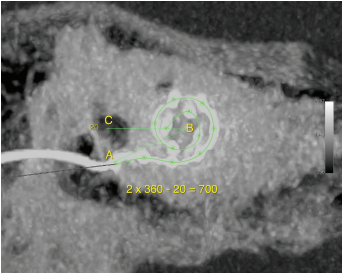OBJECTIVES: The intracochlear electrocochleography (ECoG) could be recorded directly from the cochlear implant (CI) electrode in CI recipients with residual hearing. The primary objective of this study is to identify the most sensitive frequency to record cochlear microphonics (CM) in CI users with a wide degree of hearing abilities and deep electrode insertion. The secondary objective is to identify the optimum location within the cochlea to record intracochlear potentials.
MATERIALS and METHODS: CMs were recorded from the CI electrodes in eight females and eight males implanted with CIs Pulsar, Concerto, or Sonata, Med-El Corp.
RESULTS: Among the tone pips of various frequencies, 1k or 500 Hz were the most sensitive for CI users. The most sensitive place in the cochlea to record the CM potentials depended on the tone frequency used. The deeper into the cochlea the mean maximum CM peak-to-peak amplitude was measured, the lower the stimulating tone frequency was.
CONCLUSION: The most optimal recording parameters identified for intracochlear CM recording can be useful for intraoperative and postoperative monitoring of cochlear health in CI users with residual hearing.
Cite this article as: Lorens A, Walkowiak A, Polak M, Kowalczuk A, Furmanek M, Skarzynski H, et al. Cochlear Microphonics in Hearing Preservation Cochlear Implantees. J Int Adv Otol 2019; 15(3): 345-51.


.jpg)
.png)
.png)
